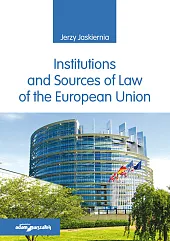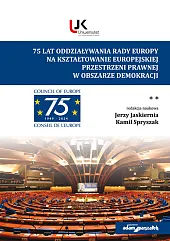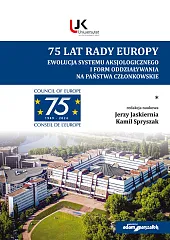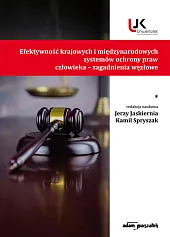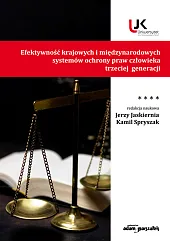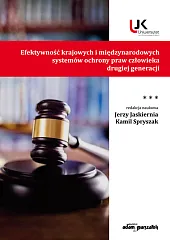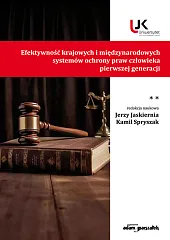Institutions and Sources of Law of the European Union
Institutions and Sources of Law of the European Union
Opis publikacji
The European Union and the national legal orders have undergone far-reaching coupling within the framework of EU. The level and scale of penetration of the legal orders of the Member States by the norms of EU law depends on the degree of favour of national authorities and legal orders towards these norms. It proves how important, up-to-date, and requiring constant analysis was the issue taken up in the reviewed monograph. Just as the law is not a phenomenon of constants, the law of the European Union is a dynamic creation, and the European Union bodies are institutions developing activity within their tasks and competencies. The EU institutions’ activity and the legislative dynamism prove the scale of integration ambitions that the EU sets for itself and wants to embody. At the same time, as the analysis presented in the book shows, it causes tensions in relations between the Union and the Member States, which affect the perception of the latest phase of the evoluti...
The European Union and the national legal orders have undergone far-reaching coupling within the framework of EU. The level and scale of penetration of the legal orders of the Member States by the norms of EU law depends on the degree of favour of national authorities and legal orders towards these norms. It proves how important, up-to-date, and requiring constant analysis was the issue taken up in the reviewed monograph. Just as the law is not a phenomenon of constants, the law of the European Union is a dynamic creation, and the European Union bodies are institutions developing activity within their tasks and competencies. The EU institutions’ activity and the legislative dynamism prove the scale of integration ambitions that the EU sets for itself and wants to embody. At the same time, as the analysis presented in the book shows, it causes tensions in relations between the Union and the Member States, which affect the perception of the latest phase of the evolution of European integration. (from Assoc. Professor Andrzej Bisztyga’s editorial review)
Informacje
Działające od 1990 roku wydawnictwo Adam Marszałek jest jednym z liderów branży. Profil działalności skupia się na różnych obszarach –... więcej→


